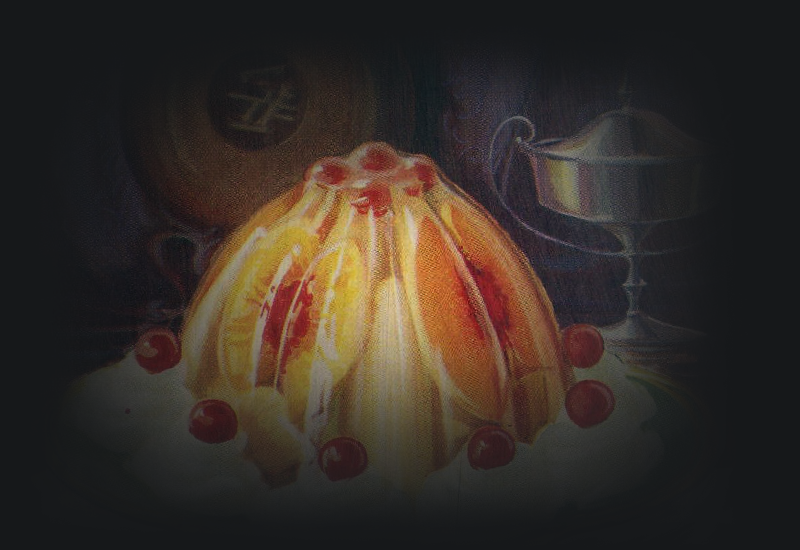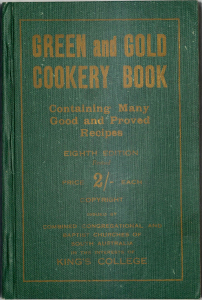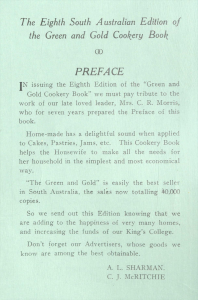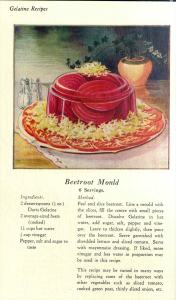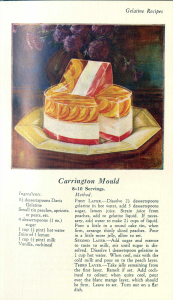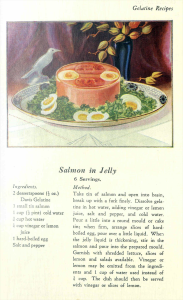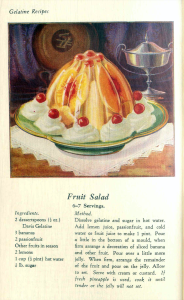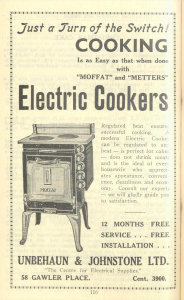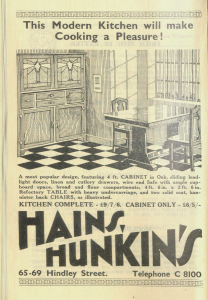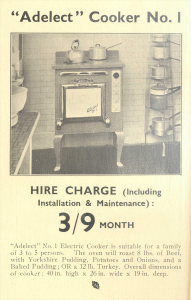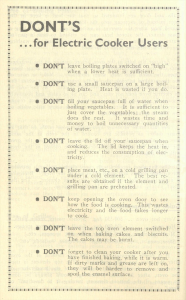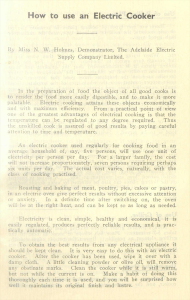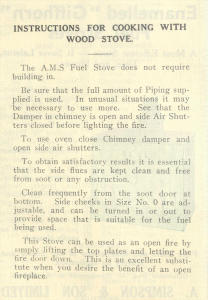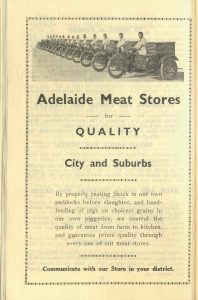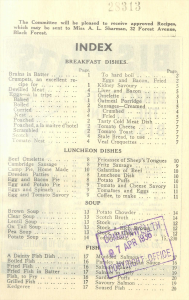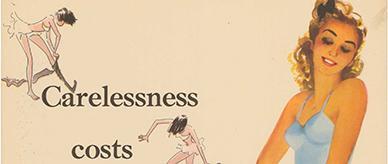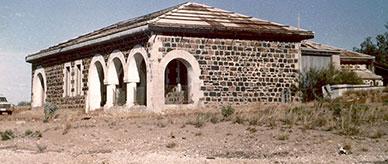This story was originally published in Issue 3 of the National Archives magazine, 28 February 2018.
The Green and Gold Cookery Book was popular enough to have reached its eighth edition and sold 40,000 copies. It included recipes and household hints from women throughout South Australia.
With the Great Depression still affecting life, the book promised housewives could meet their needs 'in the simplest and most economical way'. Stale bread was put to many uses including bread fritters, fried in boiling fat and served hot 'with sugar and slices of salmon'.
Three ladies sent recipes for Cambridge sausage: after mincing steak, bacon, breadcrumbs, egg and seasonings together, 'form into a roll, tie in a floured cloth and boil for two and a half hours'.
For dessert, families might enjoy barley kernel pudding: put 2 tablespoons of barley kernels, 1 to 2 tablespoons of sugar and 1 pint milk in a greased pie dish to cook in a slow oven for 2 hours.

